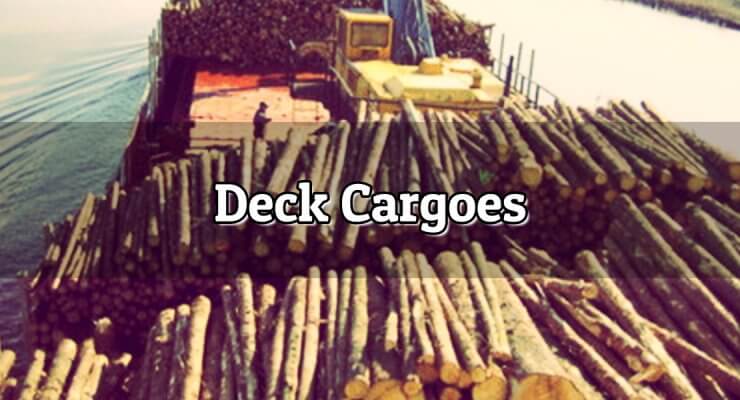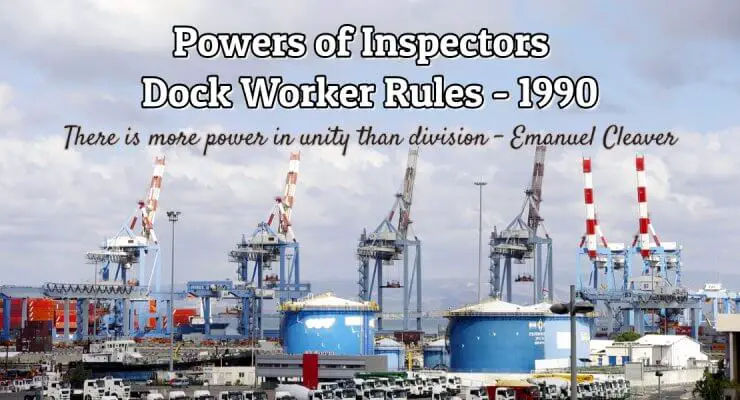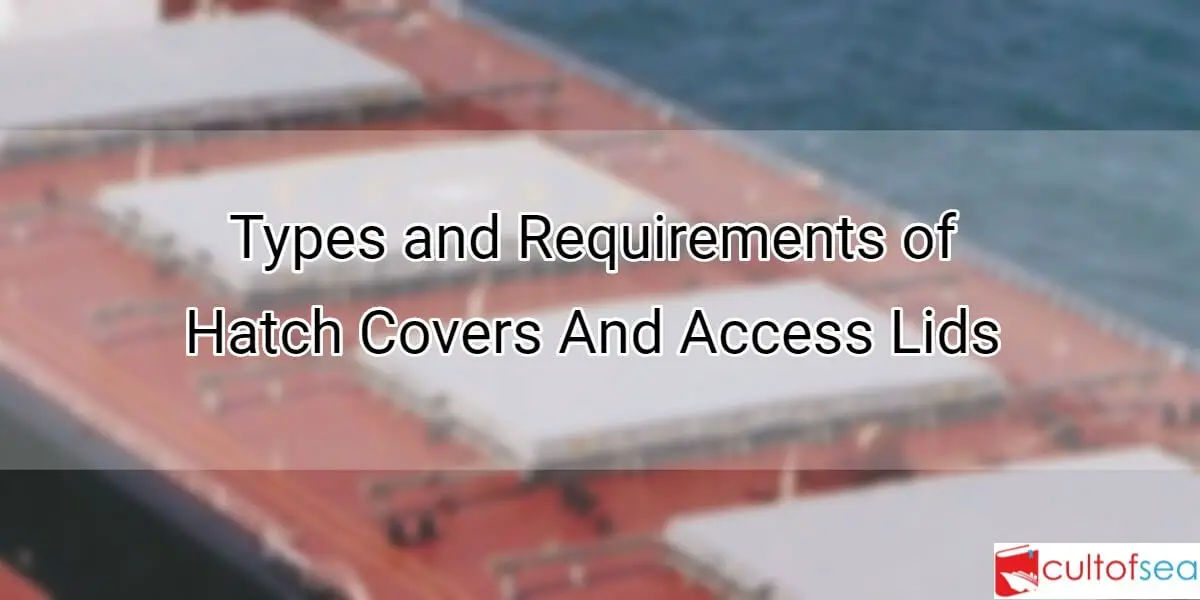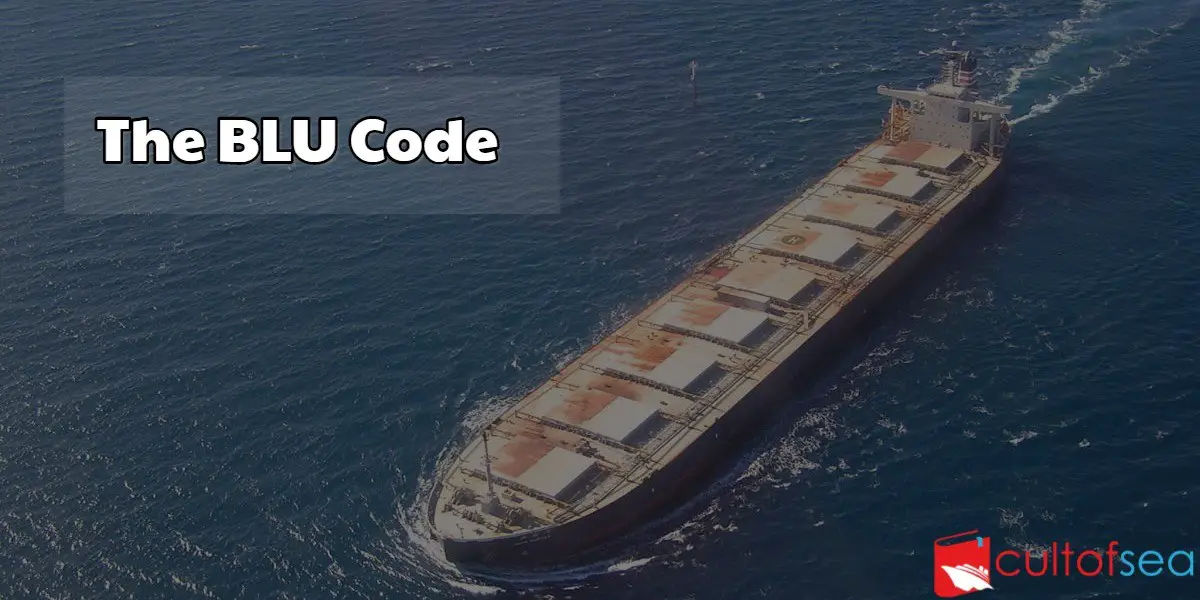The phrase ‘deck cargoes’ refers to items and/or commodities carried on the weather deck and/or hatch covers of a ship and thereon exposed to sun, wind, rain, snow, ice and sea, so that the packaging must be fully resistant to, or the commodities themselves not be denatured by such exposure.Deck cargoes, because of their very location and the means by which they are secured, will be subjected to velocity and acceleration stresses greater, in most instances, than cargo stowed below decks.The stowage, lashing and securing of cargoes, therefore, require special attention as to method and … [Read more...]
Powers of Inspectors – Dock Worker Rules 1990
An Inspector may at any port for which he is appointed:Enter, with such assistance, (if any), as he thinks fit, any ship, dock, warehouse or other premises, where any dock work, is being carried on, or where he has reason to believe that any dock work is being carried on; Make examination of the ship, dock, lifting appliance, loose gear, lifting device, staging, transport equipment, warehouse or other premises, used or to be used, for any dock work; Require the production of any testing muster roll or other document relating to the employment of dock workers and examine such … [Read more...]
Hatch Cover and Access Lids
HATCH COVER AND ACCESS LIDS General RequirementsBased on the findings of the risk assessment, appropriate control measures should be put into place to protect those workers whose health and safety may be put at risk by the operation of hatch covers and access lids. Any hatch covering used on a ship is to be of sound construction and material, of adequate strength for the purpose for which it is used, free from patent defect and properly maintained. A hatch covering is not to be used unless it can be removed and replaced, whether manually or with mechanical power, without … [Read more...]
BLU Code – Code Of Practice For The Safe Loading And Unloading Of Bulk Carriers
Purpose The BLU Code has been developed by IMO to minimise losses of bulk carriers. The purpose of the Code is to assist persons responsible for the safe loading or unloading of bulk carriers to carry out their functions and to promote the safety of bulk carriers. The Code primarily covers the safety of ships loading and unloading solid bulk cargoes, excluding grain, and reflects current issues, best practices and legislative requirements. Broader safety and pollution issues such as those covered by the SOLAS, MARPOL and Load Line Conventions are not specifically included in the … [Read more...]



